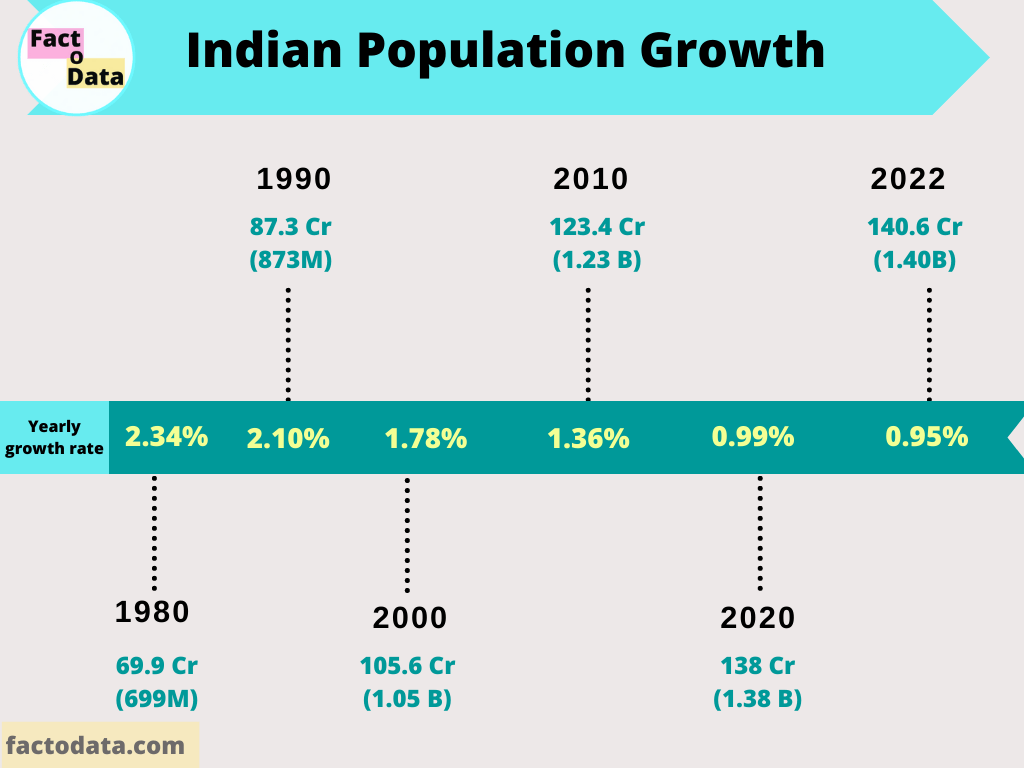Analyzing California's Population Growth: The Immigration Factor

Table of Contents
Historical Trends of Immigration to California
Early Immigration Waves
California's history is intrinsically linked to immigration. The Gold Rush of 1849 spurred massive influx, primarily from the eastern United States and other parts of the world. This initial wave laid the groundwork for the state's diverse population. Subsequent periods, including post-World War II, witnessed further significant immigration surges, each bringing unique cultural and economic contributions. These early immigrants, though diverse in origin, played a fundamental role in shaping California's identity and economy.
Recent Immigration Patterns
Current immigration to California continues to be a defining feature of the state's demographics. Major sources include Mexico, China, India, and the Philippines, with individuals entering through various pathways, both legal and undocumented. Understanding these patterns requires analyzing visa categories, family reunification processes, and the impact of evolving immigration policies. The geographic distribution of these immigrant populations is uneven, with certain regions experiencing denser concentrations than others, leading to unique local dynamics.
- Statistical Data: The California Department of Finance provides yearly data on population growth, segmented by immigration status.
- Key Legislation: Laws like the Immigration and Nationality Act and state-level legislation concerning undocumented immigrants significantly impact these trends.
- Geographic Distribution: Immigrant populations tend to cluster in urban areas like Los Angeles, San Francisco, and San Jose, contributing to the already high population density in these regions.
Economic Impacts of Immigration on California's Population Growth
Contributions to the Workforce
Immigrants are vital to California's workforce, contributing significantly to various sectors. Agriculture, technology, and the service industry heavily rely on immigrant labor. Their skills and willingness to work in diverse roles bolster economic productivity and fill labor demands across various skill levels.
Economic Growth and Innovation
Immigration fuels economic growth and innovation in California. Immigrant entrepreneurs establish businesses, creating jobs and contributing to economic dynamism. They often bring unique skills and perspectives, fostering innovation across different industries.
Fiscal Impacts
The fiscal impact of immigration is a complex issue. While immigrants contribute substantially to tax revenue through income, sales, and property taxes, the cost of providing social services needs careful consideration. Studies have shown that, in many cases, the net fiscal contribution of immigrants is positive.
- Employment Rates and Income Levels: Data from the U.S. Census Bureau illustrates the employment rates and income levels of immigrant populations in California.
- Immigrant-Owned Businesses: Numerous success stories highlight the contributions of immigrant-owned businesses to the state's economy.
- Tax Revenue: Analyzing tax data provides insights into the overall contribution of immigrants to California's tax base.
Social and Demographic Impacts of Immigration on California's Population Growth
Cultural Diversity and Enrichment
Immigration enriches California's cultural landscape. The influx of diverse traditions, languages, and perspectives has shaped the state's unique cultural identity. This diversity fosters creativity, innovation, and a vibrant social atmosphere.
Challenges of Integration
Despite the positive aspects, challenges exist. Language barriers, cultural adaptation, and access to resources can create hurdles for immigrants. Successful integration requires proactive strategies, including language classes, cultural orientation programs, and ensuring equitable access to essential services.
Population Distribution and Urbanization
Immigration patterns significantly influence population distribution and urbanization in California. Concentrated immigration in urban areas can strain infrastructure and resources while also creating vibrant multicultural neighborhoods. Managing this growth requires careful urban planning.
- Language Proficiency: Data on English proficiency among immigrant populations is critical for understanding integration challenges.
- Integration Programs: Successful examples of community-based integration programs highlight best practices.
- Population Density: Analyzing population density in areas with high immigrant concentrations provides valuable insights into urban planning needs.
Future Projections and Policy Implications
Forecasting Future Population Growth
Projecting future population growth requires considering current immigration trends, birth rates, and other demographic factors. Experts use sophisticated models to forecast California's population trajectory, which is heavily influenced by continued immigration.
Policy Recommendations
Current immigration policies significantly affect population growth. Policy adjustments may include refining visa allocation processes, streamlining integration services, and addressing issues of undocumented immigration. A balanced approach is needed to manage population growth and address potential challenges while maximizing the economic and social benefits of immigration.
- Population Projections: Studies and reports from organizations like the Public Policy Institute of California (PPIC) provide valuable forecasts.
- Policy Changes: Discussing potential changes to immigration policies – both at the federal and state levels – requires careful consideration of the long-term consequences.
- Sustainability: Addressing the long-term sustainability of California's growth trajectory involves considering environmental impacts and resource management.
Conclusion
Immigration significantly influences California's population growth, presenting both opportunities and challenges. Immigrants make substantial contributions to the economy, enriching the state's cultural landscape. However, effective integration strategies and responsible policy adjustments are crucial to manage population growth sustainably. To deepen your understanding of this complex issue, further research into California's population growth and its relationship to immigration policies is strongly recommended. Explore resources like the California Department of Finance and the Public Policy Institute of California to engage in informed discussions about the future of immigration in the Golden State.

Featured Posts
-
 Tracker Season 2 Premiere Episode 17 Air Date And Time
May 27, 2025
Tracker Season 2 Premiere Episode 17 Air Date And Time
May 27, 2025 -
 Gucci Re Motion White Gg Canvas A Closer Look At The May 2025 Release
May 27, 2025
Gucci Re Motion White Gg Canvas A Closer Look At The May 2025 Release
May 27, 2025 -
 Congres Ps Bouamrane Plaide Pour L Unite Face A Faure
May 27, 2025
Congres Ps Bouamrane Plaide Pour L Unite Face A Faure
May 27, 2025 -
 Gucci Returns To Its Roots Cruise 2026 Show In Florence
May 27, 2025
Gucci Returns To Its Roots Cruise 2026 Show In Florence
May 27, 2025 -
 New Insights Into Yellowstones Magma Reservoir And Volcanic Predictions
May 27, 2025
New Insights Into Yellowstones Magma Reservoir And Volcanic Predictions
May 27, 2025
Latest Posts
-
 Le Ministre Et La Crise Sncf La Greve Imminente
May 30, 2025
Le Ministre Et La Crise Sncf La Greve Imminente
May 30, 2025 -
 Securite Routiere Augmentation Des Tests Antidrogue Pour Les Conducteurs De Cars Scolaires
May 30, 2025
Securite Routiere Augmentation Des Tests Antidrogue Pour Les Conducteurs De Cars Scolaires
May 30, 2025 -
 Pagaille Sncf La Greve Est Elle Inevitable Declaration Ministerielle
May 30, 2025
Pagaille Sncf La Greve Est Elle Inevitable Declaration Ministerielle
May 30, 2025 -
 Greve Sncf Le Depute Philippe Tabarot Conteste La Legitimite Des Revendications
May 30, 2025
Greve Sncf Le Depute Philippe Tabarot Conteste La Legitimite Des Revendications
May 30, 2025 -
 Depistage Drogues Chauffeurs De Cars Scolaires Le Gouvernement Renforce Les Controles
May 30, 2025
Depistage Drogues Chauffeurs De Cars Scolaires Le Gouvernement Renforce Les Controles
May 30, 2025
